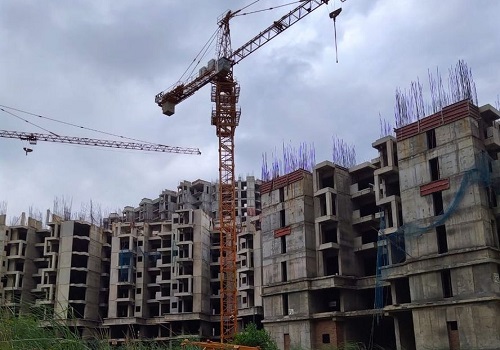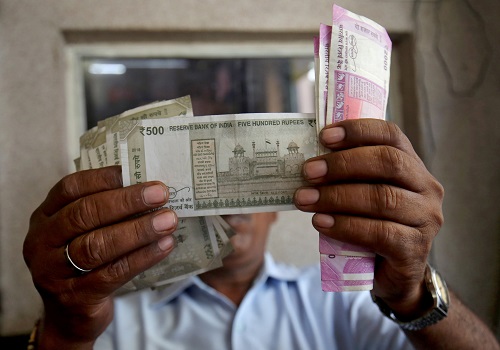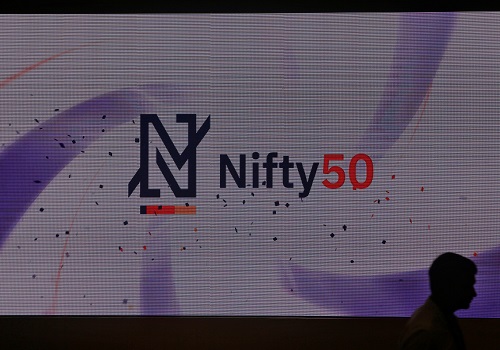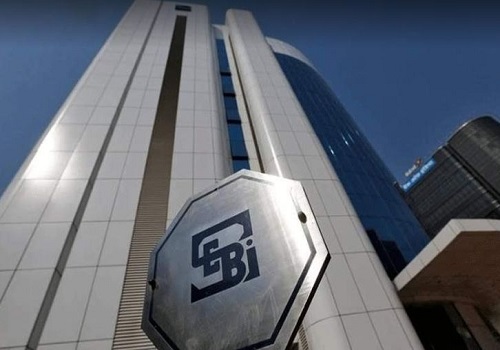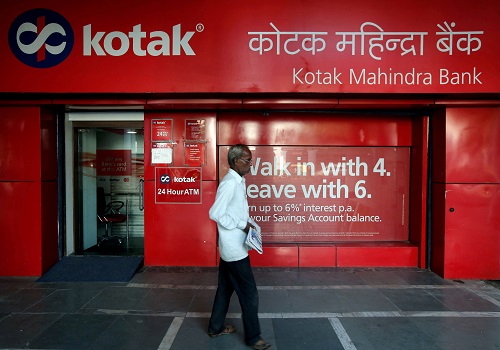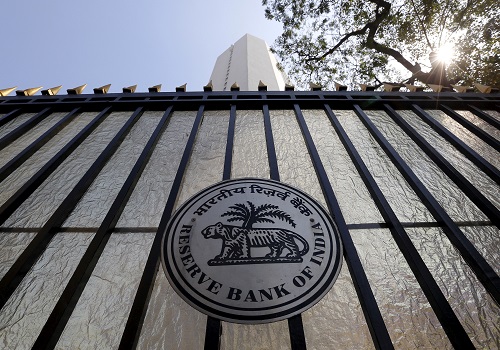Banking Sector Update - Deep-dive into Tamilnad Mercantile Bank prospectus and insights on banking in Tamil Nadu By ICICI Securities
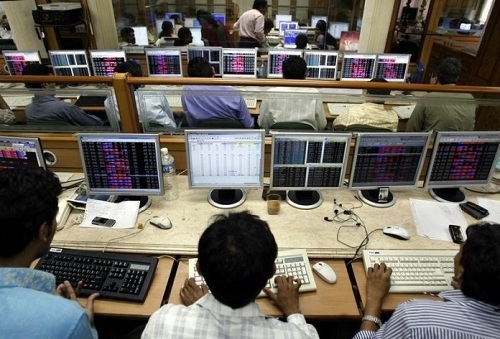
Follow us Now on Telegram ! Get daily 10 - 12 important updates on Business, Finance and Investment. Join our Telegram Channel
https://t.me/InvestmentGuruIndiacom
Download Telegram App before Joining the Channel
DRHP Analysis #6: Deep-dive into Tamilnad Mercantile Bank prospectus and insights on banking in Tamil Nadu
Our analysis of Tamilnad Mercantile Bank throws some interesting insights on the banking industry (in general) and banking in Tamil Nadu (in particular):
1) Tamil Nadu - a leading industrialised state in India, ranks second after Maharashtra in GSDP; 2) Tamil Nadu has the highest per capita GDSP at current prices amongst industrialised states; 3) lower bank credit to GDP ratio indicates potential for further lending in the state;
4) under-penetration of the Indian banking sector provides opportunities - the current bank credit-to-GDP ratio stands at 58% as of Q4 2020 and is amongst the lowest; 5) credit growth to revive sharply in FY22 despite covid second wave - private bank credit growth continues to outpace public bank growth in the medium term; 6) retail loans will rise sharply in FY22 owing to growth in housing and vehicle loans; and 7) gross non-performing asset (GNPA) of banks to increase by 50-100 bps in FY22e.
* Tamil Nadu - a leading industrialised state in India, ranks second after Maharashtra in GSDP. It bagged the top position in the composite ranking for Good Governance Index (GGI) in 2019, followed by Maharashtra and Karnataka. Gross state value added (GSVA) at current prices in Tamil Nadu clocked a CAGR of 10% between FY15-21 as against country-wide 7% growth. Tamil Nadu’s GSDP contribution to national GDP was reported to be ~9% in FY20, steady on-year. The state has consistently ranked second after Maharashtra in GSDP, supported by steady performance in all three sectors — primary, secondary and services.
* Lower bank credit to GDP ratio indicates potential for further lending in the state: Tamil Nadu is under penetrated which presents an opportunity for further growth in GDP funded by bank loans. Its bank credit to GDP stands at 53% as compared to 89% in case of Maharashtra and 37% for Gujarat during FY20. Of the overall credit, retail (housing, vehicle and other personal loans) accounted for ~25%, followed by industry (24%), agriculture (21%) and services (18%) in FY21. Public sector banks accounted for 58% of total funding; down from 68% in FY16. On the other hand, private banks have been gaining share.
* Under-penetration of the Indian banking sector provides opportunities...: The Indian banking sector is significantly under-penetrated which provides immense opportunities for banks and other financial institutions. The current bank credit-toGDP ratio for India stands at 58% as of Q4 2020 vs 183% / 126% / 122% / 94% / 89% for China, Singapore, japan, UK and advanced economies, respectively.
* ...credit growth to revive sharply in FY22 despite covid second wave; private bank credit growth continues to outpace public bank growth in the medium term: A faster-than-expected uptick in economic activity since relaxation of lockdowns and pent-up festive season demand, helped in reviving credit growth in H2FY21. Overall, bank credit outstanding is expected to grow 8-10% in FY22 mainly driven by retail and agri loans. Further, credit growth of public banks is expected to lag private banks in the medium term. Public banks are expected to grow 6-8% in FY22, whereas private banks are expected to grow 9-11%.
* Retail loans to rise sharply in FY22 owing to growth in housing and vehicle loans: Within retail loans, housing loans contributed ~52% in FY21 compared to 54% in FY15. During the same period, vehicle loans also lost share from 11% to 9% due to faster growth in other loans like personal, gold, consumer durables etc. Housing loan witnessed a faster-than-envisaged revival in third and fourth quarters with: 1) The RBI, along with the Centre and the state governments, providing support to improve demand, 2) real estate developers offering discounts and/or freebies, 3) large states such as Maharashtra and Karnataka cutting stamp duty on real estate, 4) large lenders slashing housing loan interest rates to historical lows owing to low repo rates, with a few large players even offering home loans starting from 6.75%
To Read Complete Report & Disclaimer Click Here
For More ICICI Securities Disclaimer https://www.icicisecurities.com/AboutUs.aspx?About=7
Above views are of the author and not of the website kindly read disclaimer


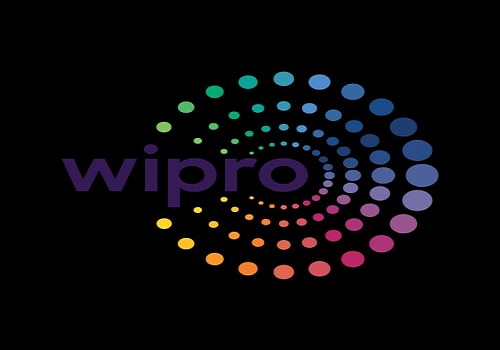







Tag News

AU Small Finance Bank jumps on entering into bancassurance tie-ups with Star Health and Baja...
More News

Auto Ancillaries Sector Update : Dealers` hopeful of demand recovery; softening RM basket to...


